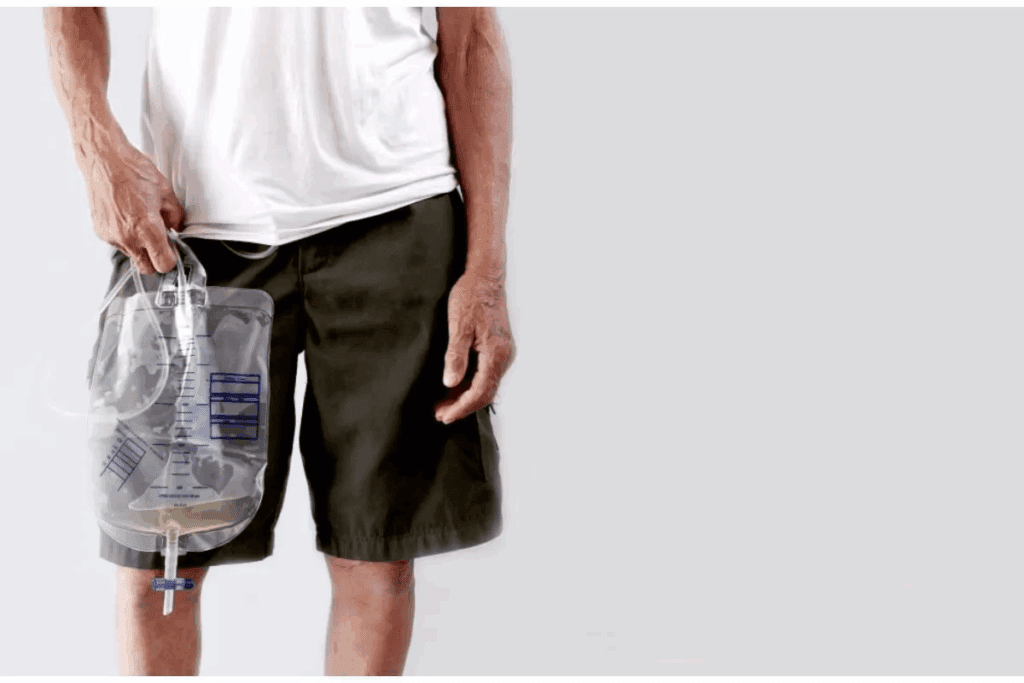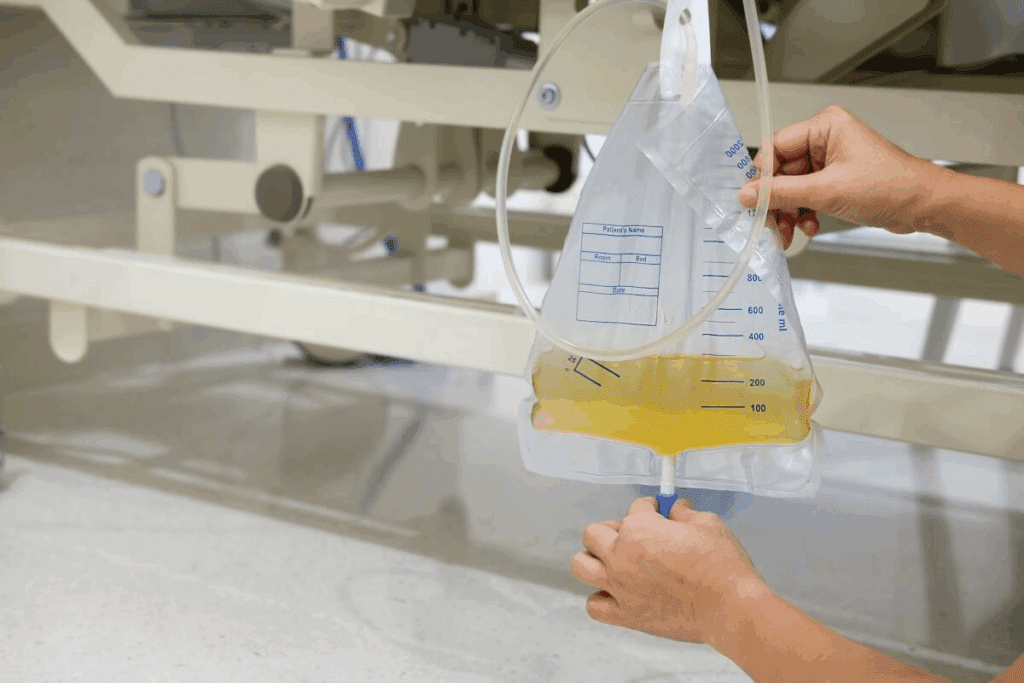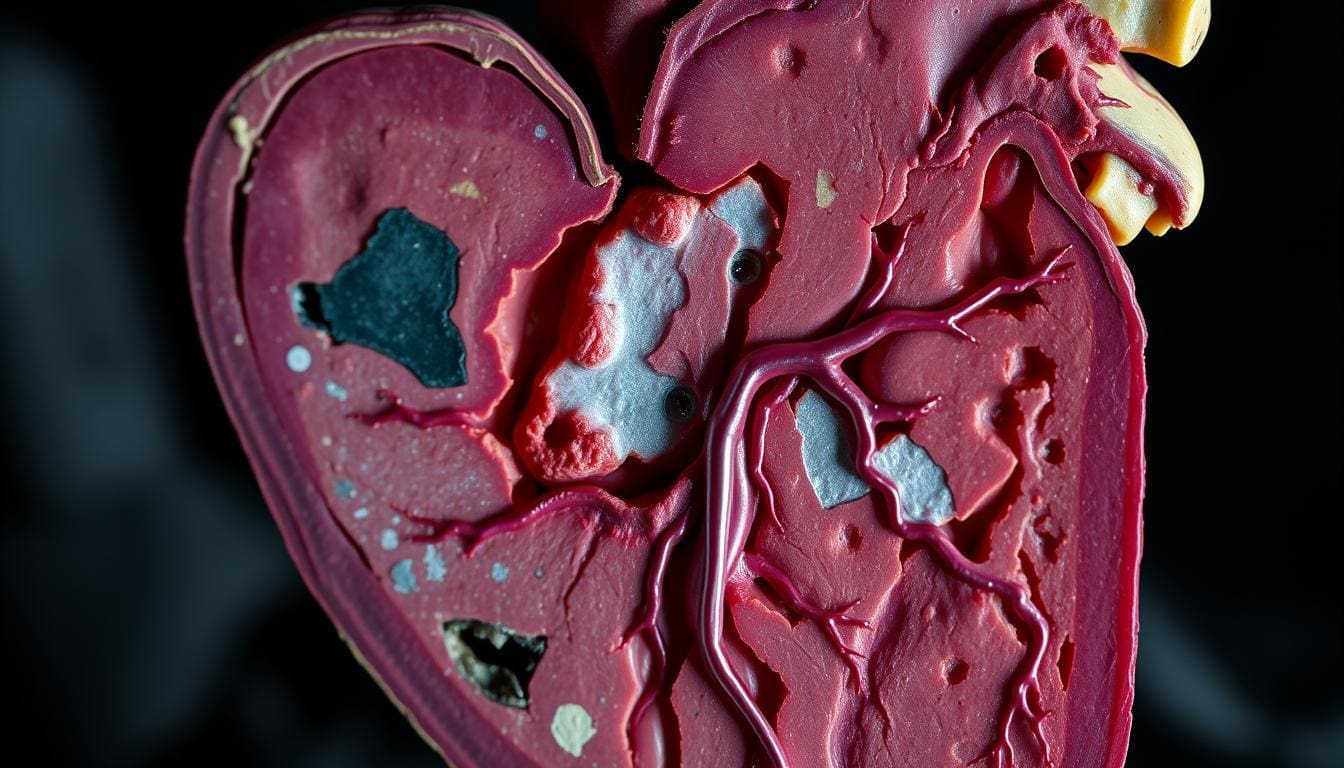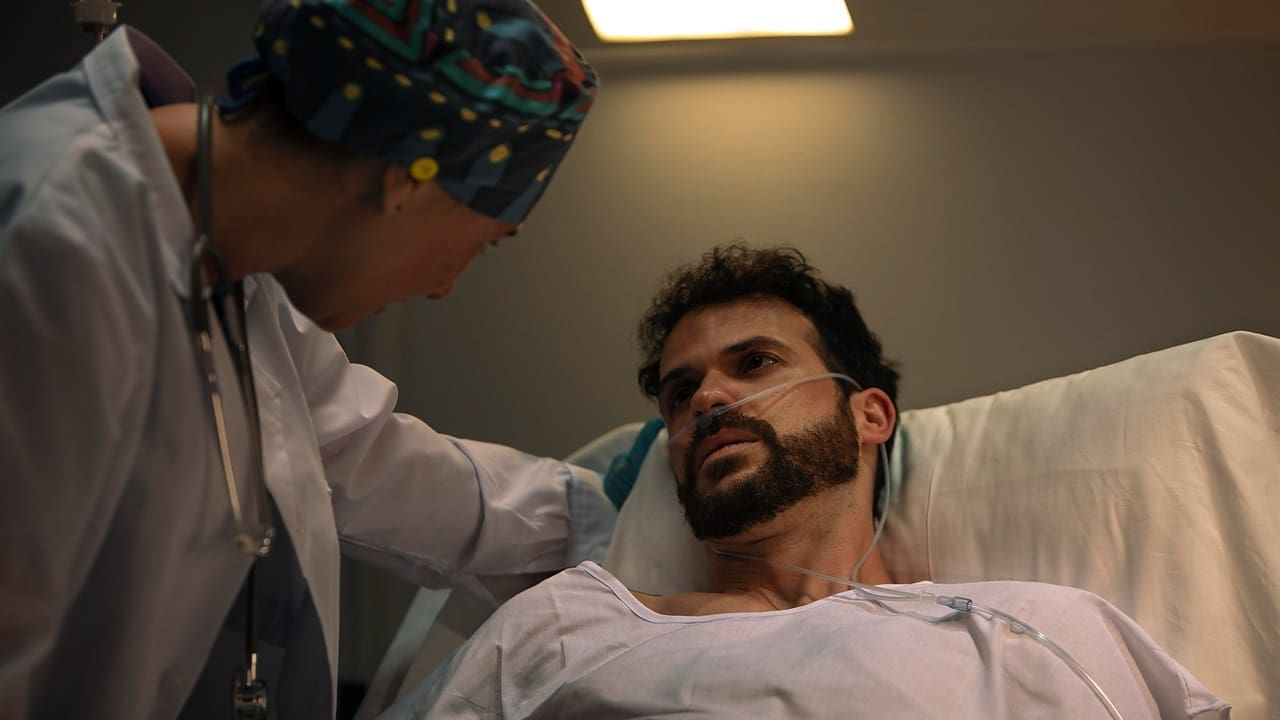Last Updated on November 26, 2025 by Bilal Hasdemir

Managing a biliary drainage bag is key for patient comfort and recovery. At Liv Hospital, we get the challenges of bile drainage care. We’re here to give you all the help you need.
A bile bag collects bile when natural flow is blocked. It’s vital to care for it right to avoid infections and get the best results.
In this guide, we’ll cover everything about using and caring for your biliary drainage system. We aim to give you the knowledge and confidence to handle your bile drainage well.
Key Takeaways
- Understand the purpose and function of a biliary drainage bag.
- Learn daily maintenance routines to prevent infections.
- Discover how to manage possible complications.
- Find out how to ensure optimal drainage and patient comfort.
- Get tips on keeping the bile drainage system healthy.
Understanding Biliary Drainage Systems

Biliary drainage systems have changed how we treat bile duct blockages. They offer a key treatment option for many medical issues. This method involves putting a catheter or tube in the liver or gallbladder to drain bile. It’s vital for patients with blockages, after surgery, or those with diseases like cancer.
We’ll look at biliary drainage systems. This includes the procedure, the medical conditions it treats, and how it’s done.
What is a Biliary Drainage Procedure
A biliary drainage procedure is a medical treatment. It involves putting a catheter or tube into the bile duct. This tube drains bile into a bag outside the body. It’s used to relieve blockages in the bile duct caused by stones, tumors, or other issues.
The biliary drain bag is connected to a tube or catheter. This is done through minimally invasive procedures like PTC or ERCP. The procedure chosen depends on the patient’s condition and where the blockage is.
Common Medical Conditions Requiring Bile Drainage
Many medical conditions need bile drainage. These include:
- Pancreatic cancer
- Cholangiocarcinoma (bile duct cancer)
- Gallbladder cancer
- Bile duct stones
- Benign bile duct strictures
These conditions can block the bile duct. This leads to a buildup of bile in the liver. It can cause jaundice, itching, and other problems.
Different Insertion Methods and Placement
The method and placement of the biliary drainage catheter or tube vary. They depend on the patient’s condition and where the blockage is.
| Insertion Method | Description | Typical Use |
| Percutaneous Transhepatic Cholangiography (PTC) | Involves inserting a needle through the skin into the liver to access the bile duct. | Used for patients with bile duct obstructions, when ERCP is not feasible. |
| Endoscopic Retrograde Cholangiopancreatography (ERCP) | Involves passing an endoscope through the mouth to access the bile duct. | Used for both diagnostic and therapeutic purposes, including stent placement. |
| Surgical Placement | Involves surgically placing a catheter or tube during an operation. | Used in conjunction with other surgical procedures. |
Knowing about these different methods is key to managing biliary drainage effectively.
“The choice of biliary drainage method depends on various factors, including the patient’s overall health, the location and nature of the obstruction, and the expertise of the healthcare provider.”
— Medical Expert, Gastroenterologist
Components of a Biliary Bag System

To manage biliary drainage well, knowing the parts of a biliary bag system is key. This system helps drain bile from the liver or gallbladder. It has important parts that work together for safe and effective drainage.
Catheter and Tube Types
The catheter or tube is vital for bile drainage. There are percutaneous transhepatic biliary drainage catheters and cholecystostomy tubes for this purpose. The right one depends on the patient’s condition and the procedure.
A cholecystostomy tube drains bile from the gallbladder. A percutaneous transhepatic biliary drainage catheter drains from the liver. Knowing the type is important for care.
| Catheter/Tube Type | Description | Usage |
| Percutaneous Transhepatic Biliary Drainage Catheter | Drains bile directly from the liver | Used for patients with bile duct obstruction |
| Cholecystostomy Tube | Drains bile from the gallbladder | Used for patients with gallbladder disease |
Collection Bag Features
The collection bag is key for the biliary bag system. It’s designed to hold bile. Modern bags have anti-reflux valves, drainage ports, and secure closure systems to prevent issues.
Some bags also have biliary drainage bag holders or leg straps. These make it easier to manage mobility and improve life quality for patients.
Connection Systems and Valves
Connection systems and valves are vital for safe drainage. They connect the catheter or tube to the collection bag. Secure connectors and valves prevent leaks and contamination.
It’s important to know how to use these parts right. Regular checks and maintenance are key to avoid problems.
Getting Started with Your Biliary Drainage
When you get home, starting your biliary drainage care is important. We’ll help you through each step. “Careful maintenance is key,” as studies show, and we’re here to support you.
Initial Setup After Hospital Discharge
After leaving the hospital, you need a plan for your biliary drainage. This means knowing how to use your drain bag for gallbladder or cholecystostomy drain bag. Here’s what to do:
- Read the instructions from your healthcare team.
- Make sure you have all the needed supplies before you go.
- Have someone to call or an emergency number for help.
Essential Supplies for Home Care
To care for your biliary drainage at home, you need the right stuff. You might need:
- A gallbladder drain bag or bile duct bag as your doctor says.
- Sterile gauze and dressing for site care.
- Antiseptic solutions for cleaning the site.
- Any extra gear your healthcare provider suggests.
Having these items ready will help you keep your biliary drainage system working right and avoid problems.
Understanding Your Specific Drainage System
It’s important to know how your biliary drainage system works. This means understanding how to:
- Empty and clean your drainage bag.
- Watch for signs of infection or blockage.
- Keep your catheter and tube secure.
As a healthcare expert said, “A well-kept biliary drainage system is essential for avoiding issues and keeping patients comfortable.” By following these tips and staying informed, you’ll be able to manage your biliary drainage better.
Daily Care and Maintenance of Your Biliary Bag
Taking care of your biliary bag every day is key to your health and treatment success. It’s important to keep it clean to avoid infections and make sure it works right.
Emptying the Drainage Bag Properly
Emptying your biliary drainage bag is a must. Empty it when it’s half full to avoid spills and leaks. Here’s how to do it:
- Wash your hands thoroughly with soap and water.
- Open the drainage valve or cap.
- Carefully pour the contents into a toilet or a measuring container.
- Close the valve or cap securely.
Watch the amount and look of the drainage. If it changes a lot, tell your doctor.
Cleaning Procedures and Sanitization
Cleaning and sanitizing your biliary drainage bag stops bacteria and infections. To clean it:
- Use a mild soap and warm water.
- Shake the bag gently to distribute the soap.
- Rinse thoroughly with clean water.
- Sanitize the bag with a solution recommended by your healthcare provider.
Always follow the manufacturer’s instructions for cleaning and sanitizing your specific biliary drainage bag.
When and How to Replace Components
Parts of your biliary drainage system might need to be replaced sometimes. How often depends on the part and your needs. Usually, we suggest:
| Component | Replacement Frequency |
| Drainage Bag | Every 1-2 weeks |
| Catheter | As advised by your healthcare provider |
| Connection Tubing | Every 2-4 weeks |
Always check with your healthcare provider for the right time to replace parts of your biliary drainage system.
Record-Keeping for Bile Output
Keeping a record of your bile output is important. It helps you track your health and make changes to your care. Record:
- The volume of bile drained.
- The color and consistency of the bile.
- Any changes or concerns.
By following these tips and keeping accurate records, you can manage your biliary drainage system well and stay healthy.
Proper Positioning and Securing Your Biliary Bag
Putting your biliary drainage bag in the right spot is key for comfort and safety. Getting it right can really help with your daily life and health.
Using a Biliary Drainage Bag Holder
A biliary drainage bag holder is a must-have for managing your bile drain bag. They come in different styles like waistbands, leg straps, and clips. This lets you pick the best one for you.
Make sure the holder is set up right to avoid any discomfort or movement issues. It should keep the bag snug against your body. This helps prevent the tube from getting tangled or pulled.
Positioning During Different Activities
You might need to adjust your biliary bag’s position based on what you’re doing. For example, when you’re being active, secure the bag so it doesn’t swing or get caught.
| Activity | Recommended Positioning |
| Walking or Light Exercise | Secure the bag close to your leg or waist using a holder. |
| Sitting or Resting | Place the bag below the level of your bile duct to facilitate drainage. |
| Sleeping | Position the bag in a way that it doesn’t get compressed or kinked. |
Nighttime Management Techniques
At night, it’s important to set up your biliary bag so it doesn’t get kinked or squished. You can use a bedside holder or hang it from your bed frame. Make sure it’s below your bile duct.
Think about using a bigger bag or an extra one for nighttime. This can help you avoid having to empty it as often.
Preventing Tube Dislodgement
It’s vital to keep the tube from coming loose to avoid problems. Make sure the tube is securely attached to your skin with the dressing or fixation device.
Be careful with your movements, as they can cause the tube to get pulled or caught. Check the tube’s position and the dressing’s security often.
By following these tips, you can lower the chance of tube dislodgement. This makes your biliary drainage system more comfortable and secure.
Infection Prevention and Skin Care
Using a biliary drainage bag requires careful infection prevention and skin care. This helps avoid complications and keeps the person comfortable and well.
Maintaining Sterile Technique
Keeping everything sterile is key when handling the biliary drainage bag. Always wash your hands well before and after touching the bag or insertion site.
Steps for Hand Hygiene:
- Wet hands with clean, running water.
- Apply enough soap to cover all hand surfaces.
- Rub hands together to create friction, ensuring all areas are cleaned.
- Rinse hands thoroughly under running water.
- Dry hands completely with a clean towel or air dryer.
Caring for the Insertion Site
The area where the catheter is inserted needs regular care to prevent infection. Daily cleaning and inspection are important.
Daily Care Routine:
- Clean the site with mild soap and water.
- Rinse the area thoroughly.
- Pat dry with a clean towel.
- Apply a dressing as recommended by your healthcare provider.
Managing and Preventing Skin Irritation
Skin irritation around the insertion site is common. To prevent it, keep the area clean and dry. Avoid harsh products.
| Product Type | Recommendation |
| Soaps | Mild, fragrance-free |
| Dressings | Breathable, hypoallergenic |
| Adhesives | Gentle on skin, secure |
Signs of Infection to Monitor
Knowing the signs of infection is important. Watch the insertion site and overall health for any changes.
“Early detection of infection signs can significantly improve outcomes for individuals with a biliary drainage system.”
Common Signs of Infection:
- Redness or swelling around the insertion site
- Increased pain or tenderness
- Pus or discharge
- Fever or chills
- Changes in bile output or characteristics
Tell your healthcare provider right away if you notice any of these signs. This is key for managing the infection and preventing serious problems.
Monitoring and Troubleshooting Common Issues
Keeping an eye on your biliary drainage system is vital. It helps spot and fix problems early. Regular checks ensure any issues are caught and handled quickly.
Normal vs. Abnormal Bile Appearance
Bile color can change, but knowing what’s normal is key. Usually, bile is yellowish-green. But, if it’s darker or has blood, it might mean trouble.
Addressing Leakage Problems
Leakage around the biliary bag or catheter is a worry. First, check that all connections are tight. If leaks keep happening, look for signs of irritation or infection.
In some cases, you might need to adjust the catheter or use extra securing devices. If problems persist, it’s time to call your healthcare provider.
Troubleshooting Blockages and Flow Issues
Flow problems or blockages can happen for many reasons. They might be due to kinks in the catheter or blockages. To fix it, check the catheter for kinks or twists.
Try flushing the catheter as your healthcare provider told you. If that doesn’t work, you should get medical advice.
When to Contact Your Healthcare Provider
Knowing when to call for help is important. If you see signs of infection like fever, redness, or swelling, contact your healthcare provider. Also, if you have ongoing pain, leaks that won’t stop, or bile color changes, get advice.
Your healthcare provider can help and prevent bigger problems.
Living with a Biliary Bag: Lifestyle Adjustments
Living with a biliary drainage bag can be tough, but it’s doable with the right help. It’s key to manage your biliary drainage system well to keep your life quality up. Here, we’ll look at how you can adjust your lifestyle to live well with a biliary bag.
Bathing and Showering Safely
When you bathe or shower with a biliary bag, you need to be careful. Use a waterproof dressing to keep water out of the catheter site. Use a biliary drainage bag holder to keep the bag dry and secure. Showering is safer than bathing to lower infection risks.
Clothing Considerations and Concealment
Choosing the right clothes can help hide your bile duct drain bag. Wear loose clothes or ones with pockets. You can also use a bag cover or cloth pouch for extra hiding. Pick comfy, breathable fabrics that won’t irritate your skin or press on the catheter site.
Travel and Activity Recommendations
Traveling with a biliary bag needs some planning. Pack extra supplies, like dressings and a spare bile catheter. Carry your medical stuff in your carry-on when flying. Stay active but avoid heavy lifting and bending to prevent catheter dislodgment. Regular walking is okay, but avoid hard activities that stress your biliary system.
Dietary Considerations
Your diet is very important when you have a biliary bag. Eat a balanced diet full of nutrients. Drink lots of water to stay hydrated. Avoid foods that might block or cause discomfort. Talking to a nutritionist can help you make a diet plan that’s just right for you.
Conclusion
Managing a biliary drainage bag needs a good understanding of it and how to care for it daily. By following the tips in this article, you can make sure your biliary drainage bag works right. This includes bile bags and gallbladder drainage bags.
It’s important to take good care of your bile bag drain. This means emptying and cleaning it often, watching for signs of infection, and making changes in your lifestyle if needed.
By being proactive in managing your biliary drainage system, you can avoid problems and live well. We encourage you to stay informed and confident in caring for your biliary drainage bag. This will help you manage it smoothly and effectively.
FAQ
What is a biliary drainage bag used for?
A biliary drainage bag collects bile when it can’t flow naturally. This happens due to blockages, surgery, or diseases like cancer.
How is a biliary drainage procedure performed?
A biliary drainage procedure uses a catheter or tube to drain bile. It’s done through methods like percutaneous, endoscopic, or surgical procedures.
What are the components of a biliary bag system?
A biliary bag system includes catheters, collection bags, and connection systems. These work together for safe and effective drainage.
How do I empty the drainage bag properly?
First, wash your hands. Then, open the valve or stopcock. Let the bile drain into a toilet or container. Close the valve and clean the bag as directed.
How often should I clean and sanitize the biliary drainage bag?
Clean and sanitize the bag daily to avoid infection. Use soap and warm water, and rinse well.
What are the signs of infection I should monitor?
Watch for redness, swelling, or pain around the site. Also, look for fever, chills, or unusual bile color, consistency, or odor.
How can I prevent tube dislodgement?
Secure the tube with a holder or adhesive. Be careful of the tube’s position during activities.
Can I shower with a biliary drainage bag?
Yes, you can shower with it. Cover the bag and site with a waterproof dressing to keep water out.
What should I do if I experience leakage from the biliary drainage bag?
If you see leakage, check the connections and valves. Tighten or replace them if needed. If it doesn’t stop, call your healthcare provider.
Are there any dietary considerations for managing a biliary bag?
Yes, you might need to change your diet. Talk to your healthcare provider for specific advice.
How do I use a biliary drainage bag holder?
A biliary drainage bag holder keeps the bag secure. Follow the manufacturer’s instructions to attach it.
When should I contact my healthcare provider regarding my biliary drainage?
Contact your healthcare provider for infection signs, persistent leakage, blockages, or flow issues. Or if you have any concerns about your system.
References
- Gupta, P., Gamanagatti, S., & Sharma, R. (2018). Percutaneous biliary interventions: Tips and tricks. Indian Journal of Radiology and Imaging, 28(2), 190–201. https://pmc.ncbi.nlm.nih.gov/articles/PMC6038606






